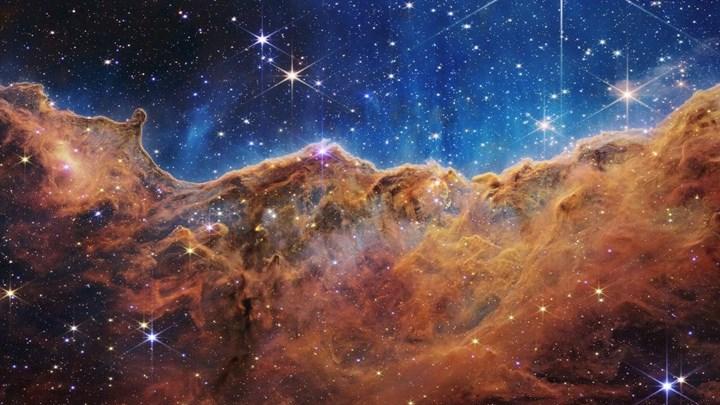
NASA’s $10 billion James Webb Space Telescope shared its first images with Earth. While the photos represent an incredible achievement, it did not go unnoticed that they were sharper and more detailed than the photos obtained from the Hubble Space Telescope. The resulting data shed light on researchers who are working hard to understand the origin of the universe, how stars and galaxies formed, and whether there are planets out there that could support life.
The James Webb Space Telescope is about one million miles (about one million six hundred and ten kilometers) from Earth, exposed to radiation and operating at less than 50 degrees above absolute zero. For this reason, SSD, like all other parts, must be resistant to radiation and go through a rigorous certification process. It may be surprising to learn that the telescope’s technology is so advanced that it stores its images on a relatively unimportant 68GB SSD. The hard disk can store about a day’s worth of images.
James Webb Space Telescope sending about 12.6GB of data per hour to Earth
The James Webb Space Telescope produces about 57GB of data every day. This data production is too much for the Hubble Space Telescope. The Hubble Space Telescope can only produce 1 or 2 GB of data per day. The James Webb Space Telescope can transmit all the data it collects to the Earth at a rate of 28 MB/second through a 25.9 GHZ channel. The James Webb Space Telescope is sending about 12.6 GB of data per hour to Earth. It can transfer all the data it collects to Earth in about 4.5 hours.
NASA expects the James Webb Space Telescope to operate for at least 20 years. This qualifies as twice the original mission plan. Still, after 10 years, the SSD’s capacity is estimated to decrease to around 60GB due to radiation and general wear and tear.